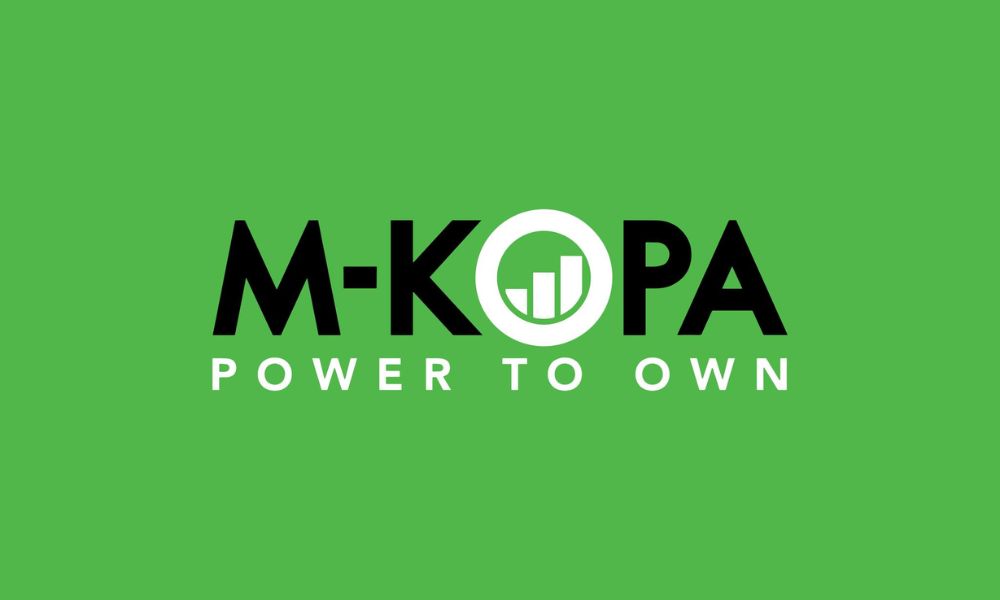M-KOPA Turns Profit as Africa’s Fintech Model Evolves Toward Assets
M-KOPA posts USD 9.2M profit as Kenya’s fintech shifts to asset-backed finance. Revenue surges 66% to USD 253.5M. With USD/KES ≈ 129.4 and frontier yields above 10%, M-KOPA’s e-mobility pivot shows African credit can turn ESG capital into sustainable profit.

M-KOPA’s first recorded profit marks a structural inflection point in Africa’s fintech narrative. For over a decade, the Kenyan-founded startup epitomized pay-as-you-go innovation—bundling solar, smartphones, and credit access for low-income consumers. Now, with its 2025 accounts showing an estimated USD 9.2 million in profit and 66 percent revenue growth to roughly USD 253.5 million, M-KOPA is proving that asset-based finance can scale sustainably across the continent’s high-yield, high-risk frontier markets.
The results indicate a maturing balance sheet, not just an expanding user base. Total assets rose to about USD 363 million, supported by a growing receivables portfolio and rising repayment discipline. Still, the firm’s liabilities-to-assets ratio—around 77 percent—underscores the aggressive leverage underpinning its model. With debt-to-equity near 3.3×, M-KOPA’s success depends on maintaining low default rates and continued access to concessional capital from development finance institutions such as the International Finance Corporation (IFC), FMO, and British International Investment.
Beyond the numbers, the company’s pivot toward e-mobility represents the next frontier in African asset finance. M-KOPA has financed an estimated 4,000 electric motorcycles across Kenya, Uganda, and Nigeria—small in global terms but strategically significant. Each financed bike generates recurring mobile payments tied to productive use, blending climate finance with household credit. This model directly links ESG capital to measurable carbon reduction and local income generation—something few global fintechs have achieved.
M-KOPA’s cost of capital remains its most decisive constraint. Kenya’s 10-year Treasury yield hovers near 17.1 percent, South Africa’s around 10.5 percent, and Egypt’s roughly 18.4 percent. Even with blended financing from DFIs, M-KOPA’s effective borrowing costs remain 600–800 basis points above global peers like Bboxx or d.light, whose securitizations in Europe benefit from lower spreads. Each 10 percent depreciation of the shilling (USD/KES ≈ 129.4) could raise debt-service costs by roughly 1.2 percentage points of revenue, assuming half of its balance sheet is unhedged.
Comparatively, M-KOPA’s operating performance now surpasses that of other African fintechs such as Flutterwave, Wave, and Interswitch—all still focused on transactional volume rather than durable profitability. Unlike these payment-centric peers, M-KOPA converts credit risk into real-asset ownership, positioning itself closer to Bboxx or SolarNow than to mobile money platforms. The result is a hybrid credit–infrastructure model: part consumer finance, part energy transition.
Investor sentiment has followed. The MSCI Frontier Markets Index (NYSEARCA: FM) and ESG-focused ETFs like iShares ESG Aware MSCI EM (NASDAQ: ESGE) have seen renewed flows into African holdings tied to sustainable credit and off-grid infrastructure. M-KOPA’s profit thus represents more than a private milestone—it signals the re-pricing of African fintech risk from speculative to asset-based.
Global parallels underscore the structural relevance. In Asia, Indonesia’s GoTo Group (IDX: GOTO) and India’s Ola Electric (BSE: OLAE) are pursuing similar convergence between mobility and finance, but neither has achieved sustainable profitability. By contrast, M-KOPA has done so in a market with weaker infrastructure, higher inflation, and more volatile currencies—proof that African fintech can deliver cash-positive growth even in adverse monetary conditions.
Yet the achievement carries caveats. The firm’s heavy exposure to foreign-currency debt makes it sensitive to Kenya’s external financing cycles. A strong U.S. dollar (DXY: DX-Y.NYB ≈ 105.8) and elevated frontier bond yields (JPMorgan NEXGEM Index ≈ 10.7%) limit access to affordable refinancing. While M-KOPA’s blended return on equity is estimated at 14 percent, sustained profitability will depend on securing longer-duration funding in local currency.
Kenya’s macro context remains a double-edged backdrop. Inflation stands around 5.3 percent (KNBS, September 2025), GDP growth near 5.2 percent, and policy rates at 9.25 percent following the CBK’s latest cut. These metrics support consumer credit expansion but constrain real margins. Frontier peers such as Ghana (USD/GHS ≈ 15.2) and Nigeria (USD/NGN ≈ 1,610) illustrate the regional risk: rapid currency erosion can erase thin profitability in a single cycle.
M-KOPA’s structural leverage is both its strength and its Achilles’ heel. It enables scale through receivables securitization but leaves little room for policy or FX shocks. Rating agencies will likely scrutinize its debt mix, collateral coverage, and provisioning standards before any public issuance. To attract global capital sustainably, M-KOPA may need to evolve toward a securitized lending structure similar to off-grid solar companies now tapping European ESG bond markets.
For global investors, the takeaway is clear. M-KOPA represents a prototype for frontier credit monetization—an African model exporting lessons in financial inclusion, renewable adoption, and risk engineering. As ESG funds seek measurable impact and private credit strategies diversify into emerging markets, the company’s results hint at a broader opportunity: yield with purpose, grounded in physical assets and digital repayment.
Africa’s fintech narrative is shifting from speculation to solvency. What began as pay-as-you-go energy access has matured into scalable asset finance bridging households, climate, and credit. M-KOPA’s profit marks not just its endurance, but a signal that Africa’s fintech future will be built not on apps or wallets—but on assets that move, charge, and repay.





